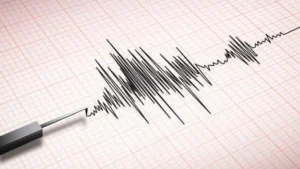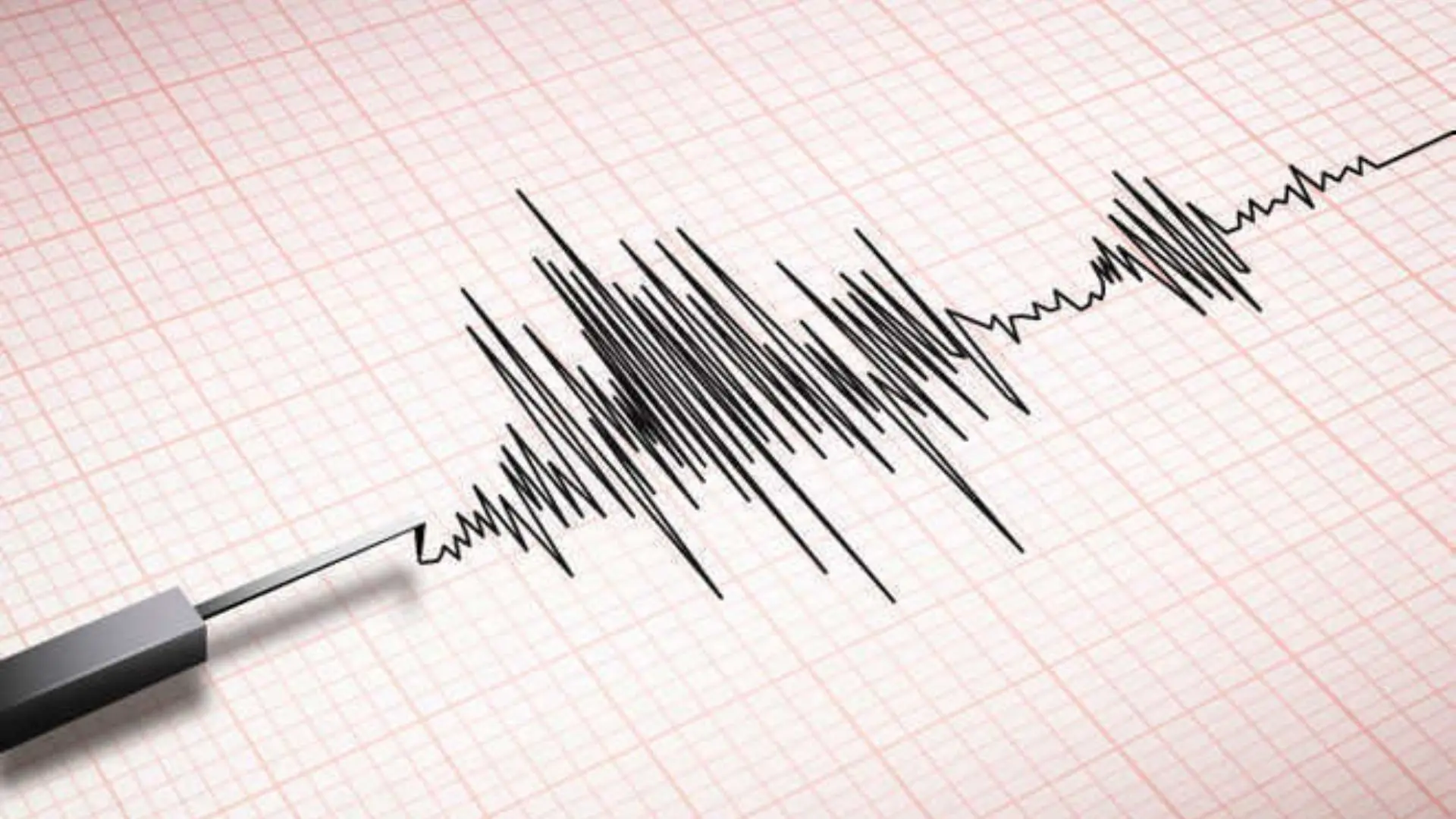NASA’s James Webb Space Telescope (JWST) has uncovered an unexpected finding that could challenge our fundamental understanding of the universe. Scientists from Johns Hopkins University have made precise measurements of the distances between galaxies, revealing that the universe is expanding at a rate 8 to 12 percent faster than current scientific theories predict.
New observations challenge existing theories
Using JWST’s advanced capabilities, the team discovered that the accelerated expansion of the universe is more significant than previously thought. This finding suggests the presence of an unknown force or phenomenon that could explain why the universe’s expansion rate has increased over time.
First detected by the Hubble Space Telescope in 1998, this acceleration was initially seen as a possible error in measurement. However, after two years of detailed observations from the JWST, researchers have confirmed that Hubble’s groundbreaking findings were indeed accurate.
James Webb Telescope confirms universe is now expanding faster
Professor Adam Riess, a Nobel laureate and the study’s lead author, emphasizes the significance of these new findings. “It confirms the puzzling finding from the Hubble Space Telescope that we have been wrestling with for a decade – the universe is now expanding faster than our best theories can explain,” he explained.
In the late 1990s, Professor Riess used the Hubble Space Telescope to measure the distances between galaxies, uncovering the universe’s accelerated expansion at a rate of 72.8 kilometers per second per megaparsec (km/s/Mpc), a unit of distance equivalent to 3.26 million light-years. This was in stark contrast to the predictions of conventional cosmological models, which suggested the expansion rate should be around 67-68 km/s/Mpc. This discrepancy, known as the “Hubble tension,” hinted that there might be a critical gap in our understanding of the universe’s evolution.
Confirming the discovery with James Webb Telescope
Now, over two decades later, Professor Riess and his team have used the JWST, the most powerful space telescope ever built, to further refine these measurements. By focusing on galaxies that contain Cepheid variables—stars that pulsate at a rate proportional to their luminosity—the researchers were able to obtain the most accurate distance measurements yet. Cepheid variables are known as the “gold standard” for measuring intergalactic distances due to their predictable flashing behavior.
The team used the well-studied galaxy NGC 4258 as a reference point and conducted measurements across a sample of galaxies originally observed by Hubble. Despite a smaller sample size, the JWST’s observations were four times more precise than previous ones. The new measurements revealed that the galaxies were still accelerating at a rate of 72.6 km/s/Mpc, nearly identical to the results from Hubble’s original observations.
Revisiting the standard model of cosmology
The standard model of cosmology, also known as the Lambda-CDM theory, describes the universe as consisting of three major components: ordinary matter, dark matter, and dark energy. This model has been highly successful in explaining many key features of the cosmos, including the cosmic microwave background (the residual radiation from the Big Bang) and the distribution of galaxies. However, it fails to account for the accelerating expansion of the universe, leading scientists to question its completeness.
Professor Riess commented, “The discrepancy between the observed expansion rate of the universe and the predictions of the standard model suggests that our understanding of the universe may be incomplete. With two NASA flagship telescopes now confirming each other’s findings, we must take this [Hubble tension] problem very seriously—it’s a challenge but also an incredible opportunity to learn more about our universe.”






















